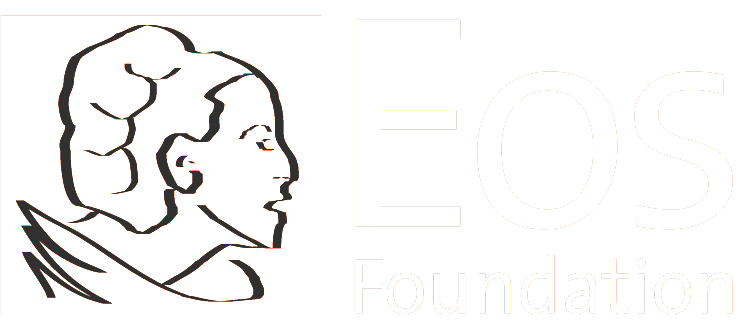Boston Business Journal
By Hilary Burns – Associate Editor
February 25, 2021
College and university leaders are often quick to highlight hiring and compensation practices they deem fair and equal. They’re even quicker to circle the wagons when accused of the very pay biases that have long affected women the workplace.
A new report from the Eos Foundation, a philanthropic nonprofit in Massachusetts, has caught the attention of schools and equal-pay advocates alike in drawing conclusions around gender-pay discrepancies in the top ranks of many of America’s most competitive college campuses. No surprise, but many university leaders are pushing back.
The analysis, “The Power Gap Among Top Earners at America’s Elite Universities,” relied on compensation data and other public information at 130 U.S. research universities to conclude:
- 24% of higher-ed’s top earners are women, even though women earn 54% of Ph.D. degrees and 60% of master’s degrees.
- 11 of the 130 schools analyzed had what Eos described as “gender parity” among its top-earning employees, of whom at least 50% were women.
- Women of color account for 2.5% of the industry’s top earners despite earning 16% of Ph.D. degrees.
- Eight schools had no women among their top-10 earners.
- Women account for just 10% of top-earning faculty at universities, and that about 93% of top-earning faculty work in the areas of STEM, business or economics, which have long been dominated by men.



